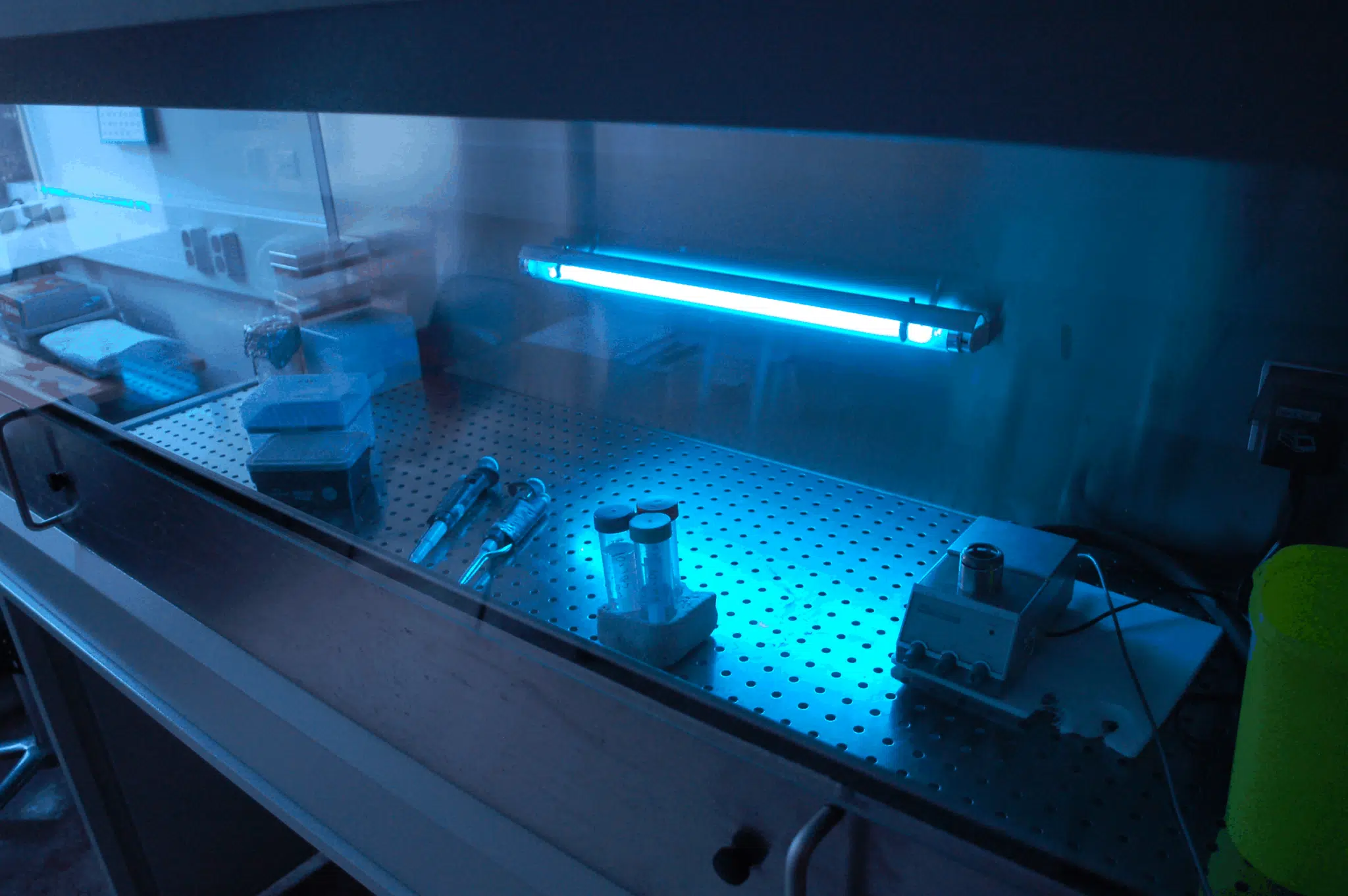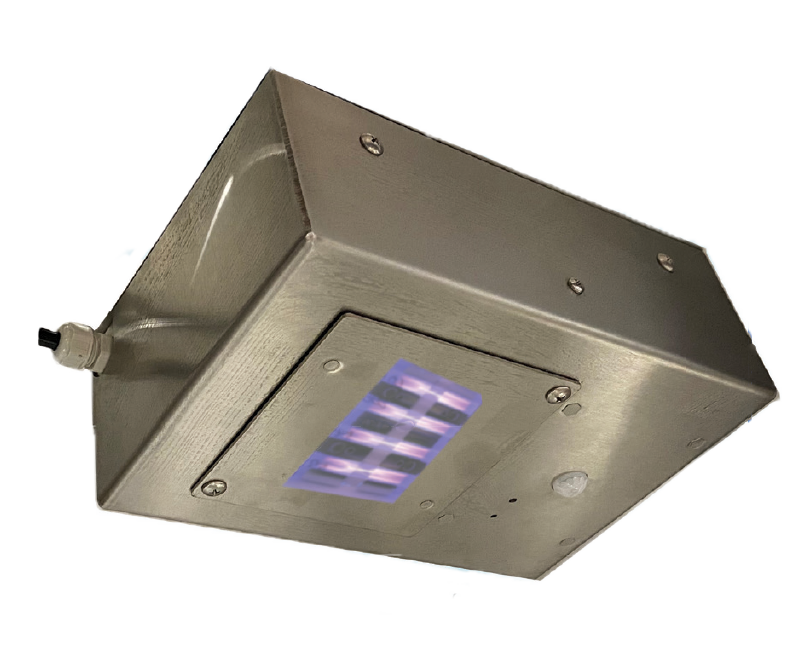UV Disinfection: The Cutting-Edge Modern Technology Transforming Cleanliness Practices
In the realm of hygiene practices, one technology has arised as a game-changer: UV disinfection. With its capability to eradicate harmful microorganisms, this cutting-edge modern technology is transforming the way we approach tidiness and hygiene. However just how does UV sanitation work, and what are the advantages it uses? From healthcare settings to food handling, UV sanitation is making its mark in various sectors. In this conversation, we will discover the intricacies of this transformative technology and look ahead to its appealing future.
Exactly How UV Sanitation Works
UV sanitation works by utilizing ultraviolet light to ruin or suspend microbes, providing a chemical-free and very efficient technique of cleanliness. This modern technology takes advantage of the power of short-wavelength UV-C light, which is qualified of damaging the DNA and RNA of bacteria, thus providing them not able to recreate and create injury.
The process begins with the installment of UV sanitation systems, which contain UV lamps that emit UV-C light. These lights are purposefully put in areas where microbial contamination is a problem, such as water treatment plants, hospitals, labs, and food handling facilities.
When bacteria are exposed to UV-C light, the photons permeate their cell wall surfaces and reach the DNA and RNA within. The high-energy UV-C photons disrupt the hereditary product by producing bonds in between surrounding nucleotides, resulting in the development of thymine dimers. These dimers protect against the bacteria from duplicating, providing them harmless.
UV sanitation is highly reliable against a large range of bacteria, including germs, bloodsuckers, and viruses. It is specifically efficient against waterborne virus like E. coli, Giardia, and Cryptosporidium. UV sanitation is a chemical-free technique, removing the requirement for potentially damaging disinfectants and lowering the threat of harmful disinfection spin-offs.
Benefits of UV Sanitation
UV sanitation supplies many benefits in the area of hygiene, making it a very preferred method for successfully removing damaging bacteria. Unlike standard sanitation techniques that depend on chemicals, UV sanitation utilizes ultraviolet light to ruin the DNA of microorganisms, making them unable to recreate and cause infections.

UV disinfection is additionally very versatile in its applications. It can be utilized in numerous setups, consisting of medical facilities, schools, food processing centers, and water treatment plants. UV disinfection systems can be easily integrated into existing hygiene techniques, giving an added layer of protection versus transmittable illness.
In addition to its efficiency and convenience, UV sanitation is also ecologically friendly. It does not produce any type of hazardous by-products or deposits, making it a secure and lasting method for hygiene - uv surface disinfection. UV disinfection requires marginal upkeep and has a lengthy lifespan, resulting in price financial savings in the lengthy run.
UV Sanitation in Medical Care Setups
In medical care settings, UV sanitation has become a revolutionary method for properly eliminating damaging microbes. Making use of UV light to sanitize surfaces and tools has obtained popularity as a result of its ability to offer an extra layer of defense versus microorganisms. UV disinfection functions by discharging ultraviolet light at a particular wavelength that is dangerous to microorganisms, viruses, and other microbes. This innovation provides several benefits in health care setups.
To start with, UV sanitation is a non-chemical method, making it an eco-friendly alternative contrasted to typical disinfection approaches that usually entail making use of severe chemicals. Making use of UV light eliminates the demand for chemical disinfectants, lowering the danger of unsafe deposit or chemical direct exposure to both individuals and medical care workers.
Furthermore, UV disinfection is very effective in killing a vast array of bacteria, consisting of drug-resistant germs such as MRSA and C. difficile. It gives a dependable and consistent disinfection procedure, making certain that all surface areas and equipment are extensively sanitized, even in hard-to-reach locations.

UV Disinfection in Food Handling
The application of UV sanitation expands beyond healthcare setups and discovers substantial worth in the realm of food processing. uv surface disinfection. UV sanitation technology is becoming significantly prominent in the food sector as a result of its capability to properly eliminate dangerous virus and enhance food security
One of the main advantages of UV disinfection in food handling is its capacity to target a variety of microbes, consisting of mold and mildews, viruses, and microorganisms. By utilizing UV light at certain wavelengths, it is feasible to interfere with the DNA and RNA of these pathogens, rendering them unable to recreate or create damage. This modern technology can be used to various phases of the food handling chain, consisting of surface area disinfection, tools sterilization, and water treatment.
UV disinfection gives a non-thermal and chemical-free method of sterilizing food products. Unlike typical sanitation approaches that rely upon chemicals or warmth, UV modern technology does not leave any type of residue or change the taste, appearance, or nutritional worth of the food. This makes it a suitable service for markets that need rigorous adherence to quality standards.
Furthermore, UV disinfection systems are simple to operate and mount, requiring marginal maintenance. They can be integrated right into existing processing lines without creating considerable disruptions to the production procedure. In addition, UV systems have a fast therapy time, enabling constant processing and minimizing downtime.
The Future of UV Sanitation

One area where UV disinfection is expected to make substantial developments remains in the area of medical care. With the surge of antibiotic-resistant germs and the demand for a lot more effective sanitation techniques, UV light has the potential to play a crucial duty in decreasing healthcare-associated infections. UV disinfection systems can be utilized to sanitize surfaces, devices, and even the air in healthcare facilities, helping to stop the spread of unsafe pathogens and improve individual safety and security.
An additional sector that can take advantage of developments in UV sanitation innovation is the food sector. UV light has currently proven to be an efficient technique for sanitizing food items and decreasing the danger of foodborne ailments. As modern technology enhances, we can anticipate to see much more affordable and reliable UV disinfection systems being implemented in food processing plants, making sure that the food we consume is risk-free and cost-free from dangerous get more microorganisms.
Conclusion
In conclusion, UV sanitation is a cutting-edge technology that is transforming sanitation techniques in healthcare settings and food handling. By utilizing UV light to kill or shut off bacteria, it supplies countless benefits such as safety, efficiency, and performance. With continuous improvements in this area, UV disinfection holds wonderful potential for the future of cleanliness, providing a trustworthy and sustainable option for maintaining tidy and sanitary settings.
UV sanitation is a chemical-free approach, getting rid of the need for potentially damaging disinfectants and decreasing the threat of damaging sanitation spin-offs.
Unlike conventional sanitation techniques that count on chemicals, UV disinfection makes use of ultraviolet light to damage the DNA of microorganisms, providing them unable to duplicate and trigger infections. Unlike typical disinfection techniques index that depend on chemicals or warmth, UV technology does not leave any kind of deposit or change the taste, texture, or nutritional value of the food. As modern technology boosts, we can expect to see more efficient and cost-effective UV disinfection systems being carried out in food handling plants, making certain that the food we consume is secure and free from hazardous bacteria.
In verdict, UV sanitation is a sophisticated innovation that is transforming hygiene practices in health care setups and food handling.